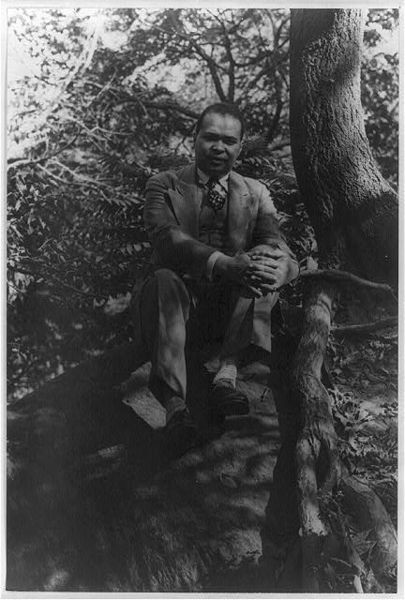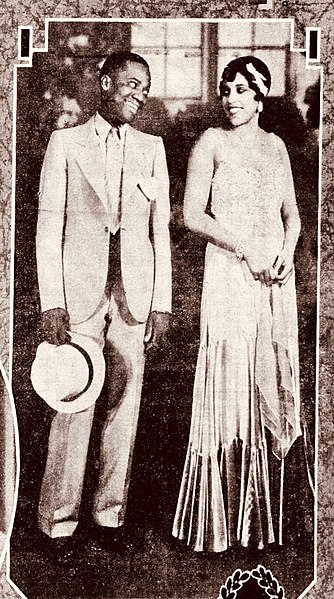Countee Cullen was an American poet, novelist, children's writer, and playwright, particularly well known during the Harlem Renaissance.
Cullen photographed by Carl Van Vechten, 1941
The grave of Countee Cullen in Woodlawn Cemetery. (The stone is shared with Robert L. Cooper, the second husband (1953–1966) of Cullen's wife Ida.)
The Harlem Renaissance was an intellectual and cultural revival of African-American music, dance, art, fashion, literature, theater, politics and scholarship centered in Harlem, Manhattan, New York City, spanning the 1920s and 1930s. At the time, it was known as the "New Negro Movement", named after The New Negro, a 1925 anthology edited by Alain Locke. The movement also included the new African-American cultural expressions across the urban areas in the Northeast and Midwest United States affected by a renewed militancy in the general struggle for civil rights, combined with the Great Migration of African-American workers fleeing the racist conditions of the Jim Crow Deep South, as Harlem was the final destination of the largest number of those who migrated north.
Philip A. Payton Jr. founded the Afro-American Realty Company in 1903, which sought to fight housing discrimination and encourage Black migration into Harlem.
Religion and Evolution Ad
The multi-talented Adelaide Hall and Bill 'Bojangles' Robinson in the musical comedy Brown Buddies on Broadway, 1930
Poster for Run, Little Chillun






